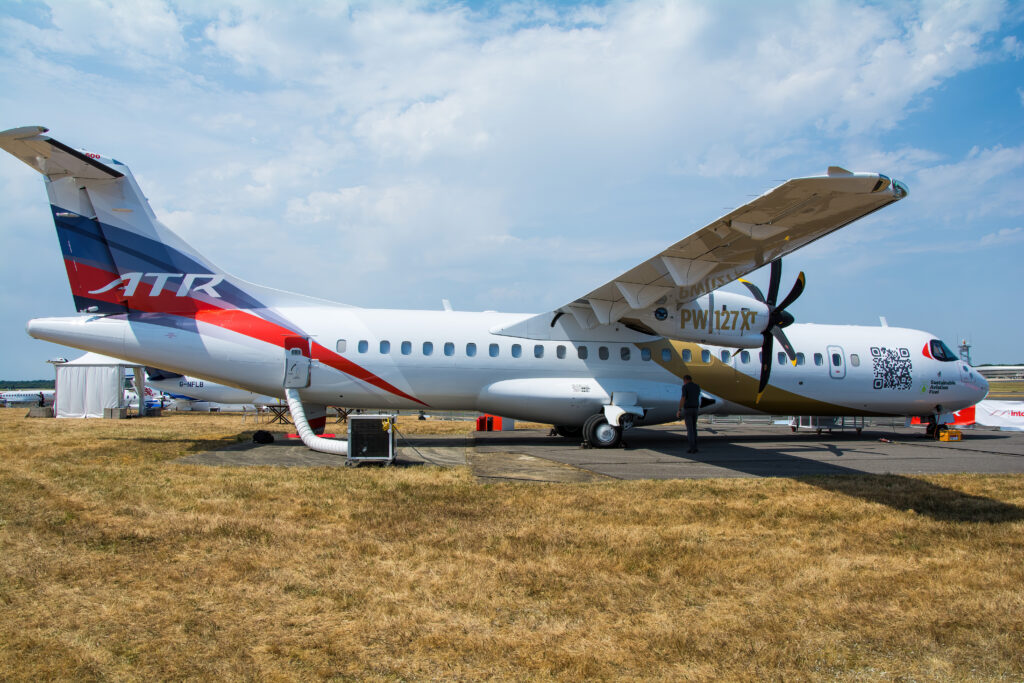The aviation industry plays a vital role in connecting people and goods across the globe, but it also contributes significantly to greenhouse gas emissions. In recent years, there has been a growing concern over the environmental impact of aviation, prompting the search for sustainable alternatives. Enter Sustainable Aviation Fuel (SAF), a groundbreaking innovation that promises to revolutionise air travel by reducing its carbon footprint. In this article, we will explore the concept of SAF, its benefits, challenges, and its potential to create a greener aviation sector.
What is Sustainable Aviation Fuel?
Sustainable Aviation Fuel, often referred to as bio-jet fuel or drop-in fuel, is an eco-friendly alternative to conventional jet fuel derived from fossil fuels. SAF is produced from renewable sources, such as agricultural residues, waste oils, algae, or plant materials. Unlike traditional aviation fuel, SAF is designed to be compatible with existing aircraft engines and infrastructure, making it a “drop-in” solution that does not require modifications to aircraft or airport infrastructure.
Benefits of Sustainable Aviation Fuel
- Reduced Carbon Emissions: The primary advantage of SAF is its ability to significantly lower greenhouse gas emissions compared to conventional jet fuel. SAF has the potential to reduce carbon dioxide (CO2) emissions by up to 80% on a lifecycle basis, which includes production, distribution, and combustion stages.
- Enhanced Energy Security: As SAF is derived from renewable feedstocks, its production diversifies the sources of aviation fuel. This reduces the industry’s reliance on fossil fuels and enhances energy security.
- Lower Air Quality Impacts: SAF has lower sulfur content, which results in reduced emissions of sulfur oxides (SOx) and particulate matter. This translates to improved air quality around airports and along flight paths.
- Sustainable Feedstock: SAF can be produced from various sustainable feedstocks, such as non-food crops, agricultural residues, and waste materials. This reduces the pressure on land use and avoids potential competition with food production.
Challenges and Limitations
While the promise of Sustainable Aviation Fuel is immense, there are several challenges that must be addressed to ensure its widespread adoption.
- Cost: The production of SAF is currently more expensive than conventional jet fuel, making it economically challenging for airlines to transition entirely. However, as technology advances and economies of scale are achieved, the cost is expected to decrease.
- Feedstock Availability: Ensuring a stable and sufficient supply of sustainable feedstocks is critical for the large-scale production of SAF. Balancing the demand for feedstocks between various industries, such as aviation and ground transportation, poses a significant challenge.
- Policy and Regulation: Clear and consistent policies are essential to support the development and deployment of SAF. Governments must provide incentives, mandates, and regulatory frameworks to encourage investment in sustainable aviation solutions.
- Infrastructure: Scaling up SAF production requires the establishment of a robust distribution infrastructure. Investments in blending facilities at airports and pipelines for transportation are necessary to facilitate the widespread use of SAF.
Sustainable Aviation Fuel represents a game-changing solution for the aviation industry’s environmental challenges. By significantly reducing carbon emissions, enhancing energy security, and improving air quality, SAF offers a greener path for air travel without the need for major modifications to existing aircraft and infrastructure. However, overcoming challenges related to cost, feedstock availability, policy support, and infrastructure is crucial to realising the full potential of SAF.
As technology advances and sustainable practices become more economically viable, the aviation sector must continue its collaboration with governments, researchers, and renewable fuel producers to foster the adoption of SAF. Through collective efforts, we can pave the way for a more sustainable and eco-friendly aviation industry, ensuring that future generations can continue to explore the world while safeguarding the planet.

